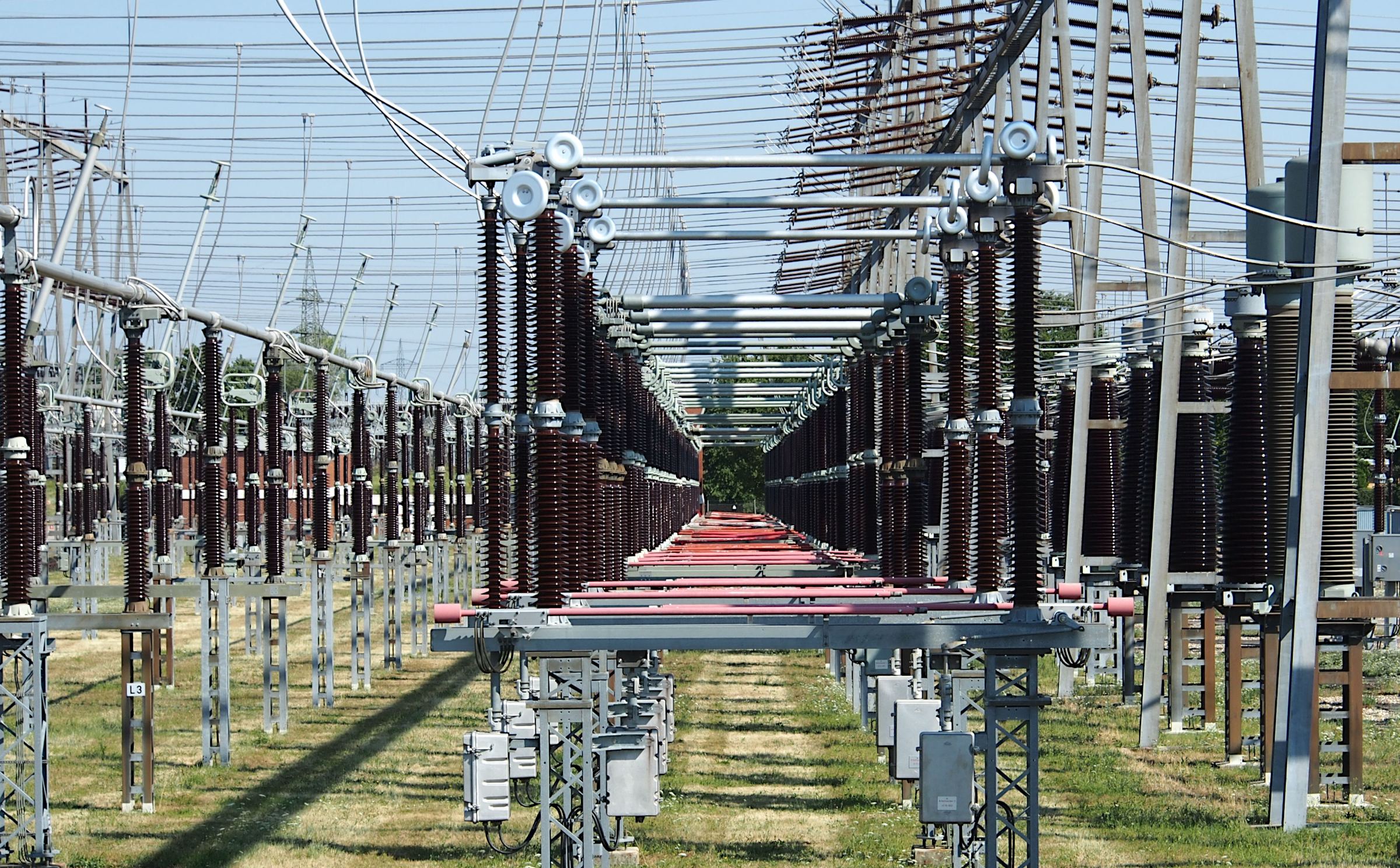An Enhanced Mechanism for Advanced Persistent Threat (APT) Detection based on Deep Learning
Abstract
In recent years, Advanced Persistent Threat (APT) attacks on network systems have increased through sophisticated fraud tactics. Traditional Intrusion Detection Systems (IDSs) suffer from low detection accuracy, high false-positive rates, and difficulty identifying unknown attacks such as remote-to-local (R2L) and user-to-root (U2R) attacks. APTs are a big challenge for modern cybersecurity. They are stealthy, persistent, and always evolving. This study reviews the best methods for APT detection and mitigation. It focuses on machine learning (ML), deep learning (DL), and Explainable AI (XAI). It also covers proactive strategies like Data Backup and Recovery (DBAR). ML and DL methods show high accuracy and adaptability. However, they struggle with evolving threats, dataset biases, and high computational demands. XAI boosts model interpretability, building trust in AI systems. DBAR ensures strong recovery but has strict infrastructure needs. The findings stress the need for dynamic datasets and scalable solutions. They also call for hybrid frameworks that integrate detection, explainability, and mitigation. Fixing these gaps will enable strong, adaptable cybersecurity. It can then combat the rise of APTs. This paper also suggests future research directions to combat evolving threats, paving the way for more effective and reliable cybersecurity solutions. Overall, this paper emphasizes the importance of explainability in enhancing the performance and trustworthiness of cybersecurity systems.
Keywords: Advanced Persistent Threats, Machine Learning, Deep Learning, Explainable AI, Cybersecurity















